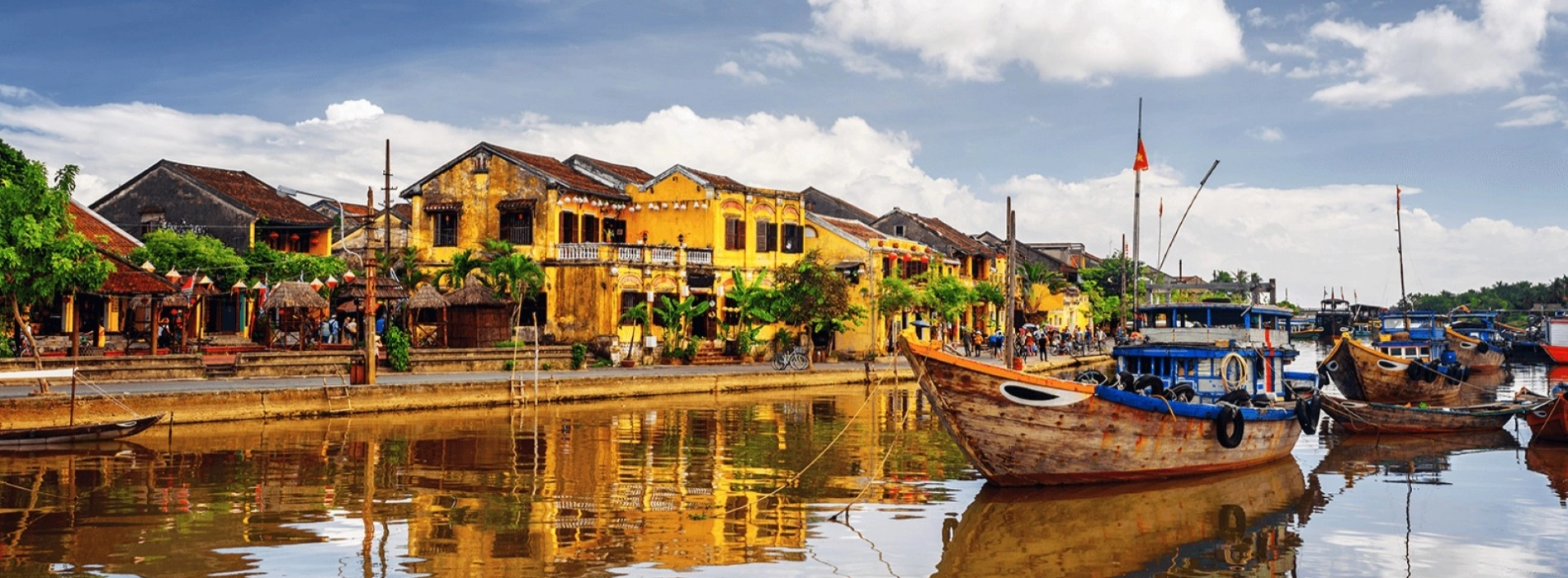
Planning a trip to Vietnam without considering the weather is a risky move. This country stretches over 1,600 kilometers from north to south, crossing multiple climate zones. That means while one region enjoys sunshine, another might be flooded or wrapped in cold fog. For travelers unfamiliar with the country, understanding Vietnam weather by month is essential to avoid surprises.
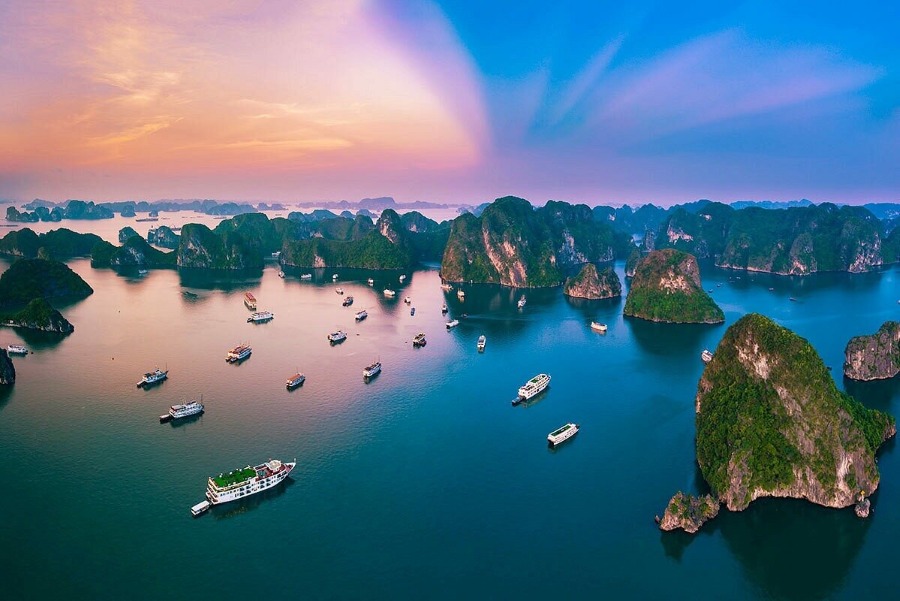
Ha Long Bay
The best time to travel depends not only on the season but also on the region. Rain patterns, temperature shifts, and even typhoon seasons vary widely between the north, central, and southern parts. Below is a breakdown of what the weather actually looks like across Vietnam’s regions to help visitors choose when and where to go with more confidence and less guesswork.
Northern Vietnam has four distinct seasons and the strongest temperature variations in the country. Weather here can shift quickly and unpredictably.
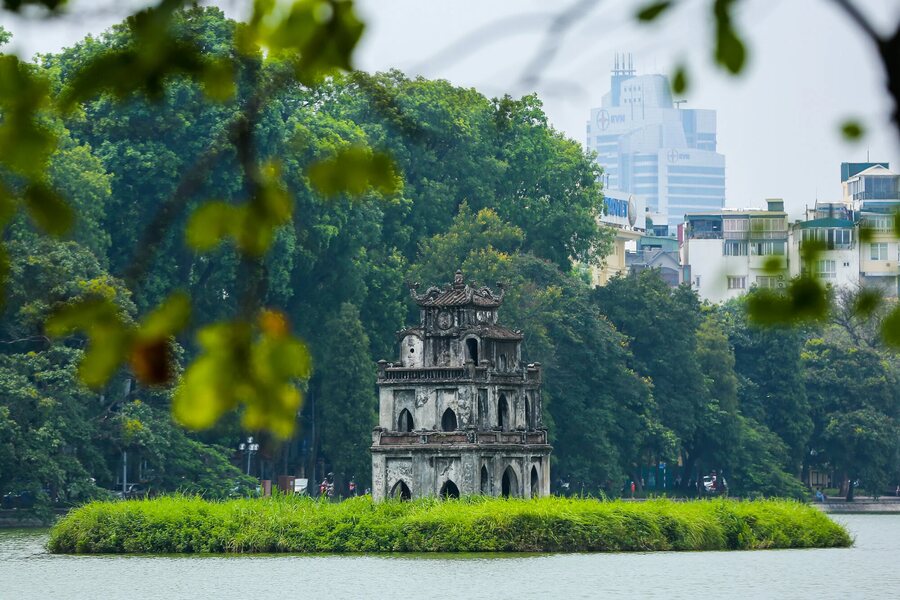
Hoan Kiem lake in Ha Noi city
In this region, packing for both hot days and cold nights is often necessary, especially when traveling during the transition months.
Read more: Vietnam Tour 16 Days: Vietnam Panorama
The central region clearly shows how much Vietnam climate by region can differ. While the north begins to cool, this area may still face heavy rains or even storms.
For those planning a beach holiday or coastal road trip, the timing needs to be precise. A week too late can mean canceled boats, washed-out streets, or canceled events due to weather alerts.
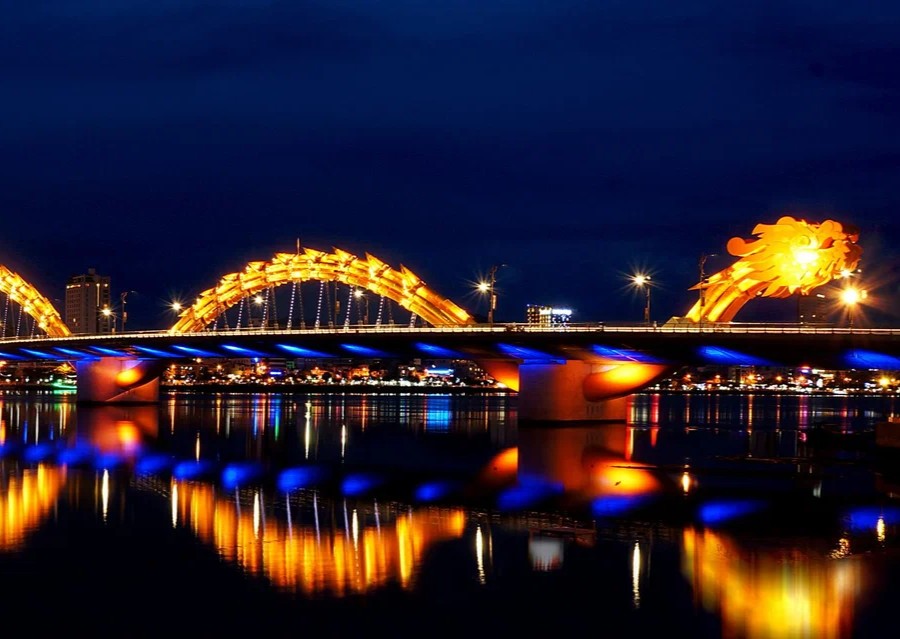
Dragon Bridge lights up in Da Nang’s
Compared to the north and central regions, southern Vietnam has a much simpler pattern and tends to be more forgiving for travel planning.
Flooding is possible in lower Mekong areas during peak months of rain but urban travel is rarely affected. In general, southern Vietnam remains accessible year-round as long as travelers are prepared with proper gear like ponchos or waterproof shoes during wet months.
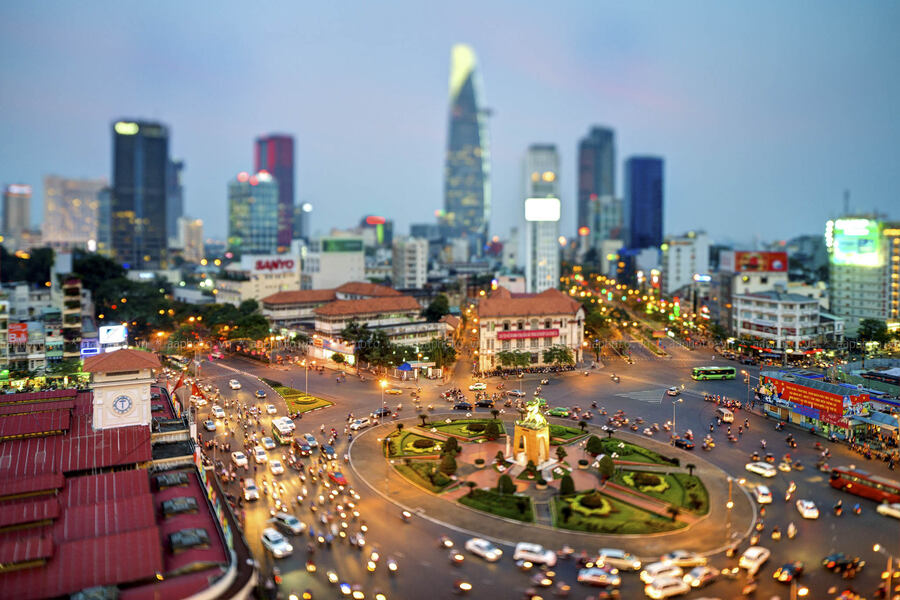 The heart of Ho Chi Minh City
The heart of Ho Chi Minh City
Spring in Vietnam feels like a gentle celebration. The air turns soft, flowers bloom everywhere, and there's a festive buzz from north to south. It's the season when tradition meets color, and cities wear their happiest faces.
Hanoi bursts into life with pink peach blossoms and the joyful chaos of Tet (Lunar New Year). Pagodas like Huong and Yen Tu become gathering spots for both prayers and stories. Down in Ninh Binh, a peaceful boat ride through the misty caves of Trang An feels like entering a dream.
Up in the highlands, places like Moc Chau and Sapa are covered in soft plum and cherry blossoms. Locals celebrate spring with village festivals, and travelers get to enjoy fresh mountain air, warm tea, and quiet mornings. Da Lat becomes even more romantic with flowers lining every road.
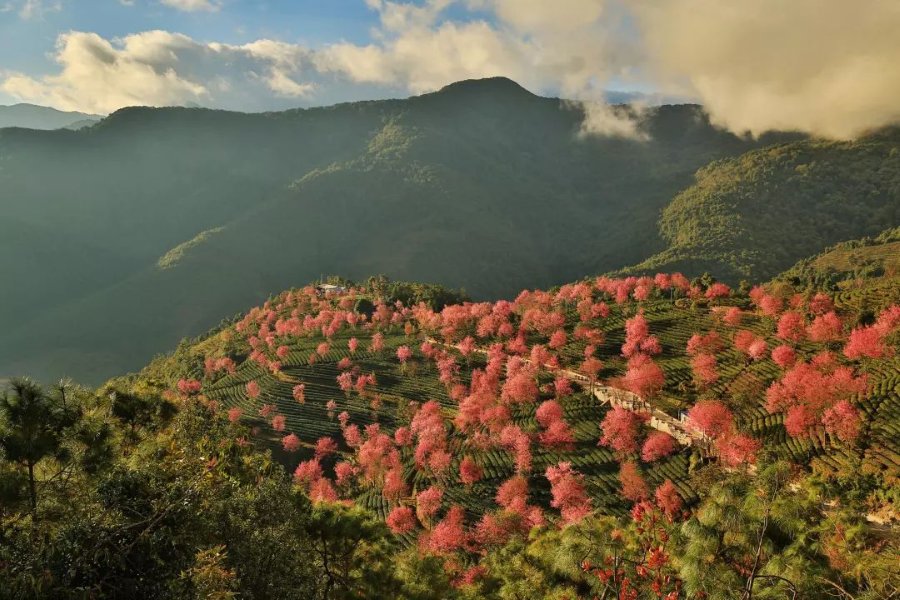
Cherry blossoms bloom across the mountains of Sapa
In the south, floating flower markets glide along the Mekong Delta. Ho Chi Minh City gets a floral makeover too, with Nguyen Hue Flower Street turning into a colorful walkway for families and friends.
Read more: Sapa Can Cau Market Tour 4 Days: A Culture Adventure
Summer in Vietnam is bold and full of energy. It’s hot, yes, but it’s also the season of bright skies, turquoise beaches, and delicious fruits.
Da Nang explodes with lights during the International Fireworks Festival. Nha Trang draws sun-chasers and sea-lovers with its festivals and water sports. At night, Hoi An glows under lanterns, creating the perfect evening stroll. If you're looking for quieter beaches, Quy Nhon and Phu Yen are waiting, with clean sand, clear water, and fewer crowds.
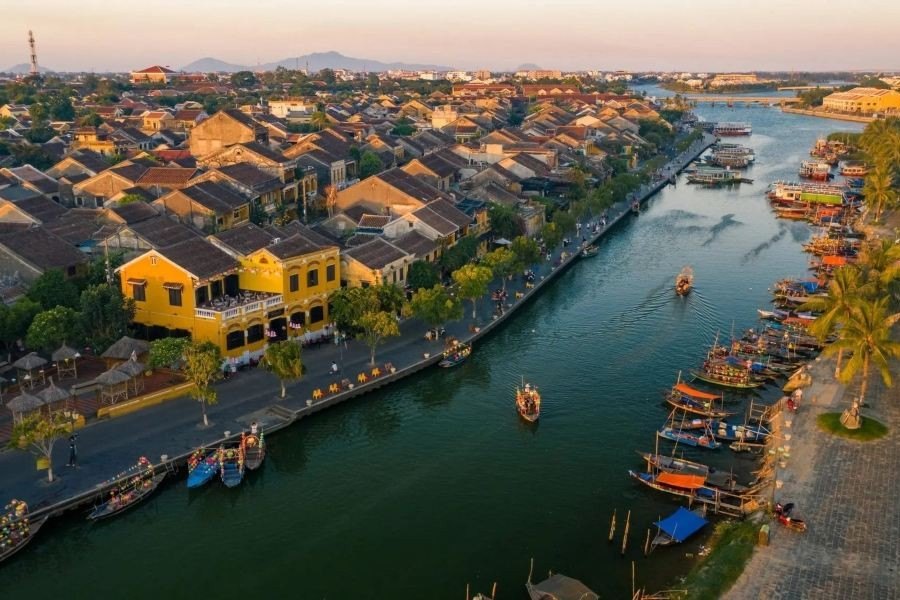
A golden sunset over the ancient town of Hoi An
In the north, rice terraces in Sapa become lush, bright green. Ha Giang and Mai Chau offer a cooler retreat for hiking and meeting ethnic minority communities. If you crave waterfalls and lake adventures, Ba Be and Ban Gioc won’t disappoint.
Phu Quoc stays dreamy with palm-lined shores and clear water. Vung Tau makes a quick beach getaway from Saigon. The Mekong Delta overflows with tropical fruits tasting fresh mango right from the tree is a summer memory worth keeping.
Autumn is Vietnam’s secret charm. The air turns crisp, colors deepen, and the mood softens. It's the season of golden light and meaningful festivals.
Mu Cang Chai steals the show with golden rice terraces that look like waves in the mountains. Tam Coc and Hanoi smell of blooming milk flowers, and the air feels cleaner, calmer. People slow down, and so should you.
In Hoi An, the Mid-Autumn Festival lights up the town with lanterns and mooncakes, especially magical for families. Da Lat welcomes persimmons and morning fog, giving the town an orange glow. If you’re into culture, the Central Highlands offer heartfelt festivals and deep-rooted traditions.
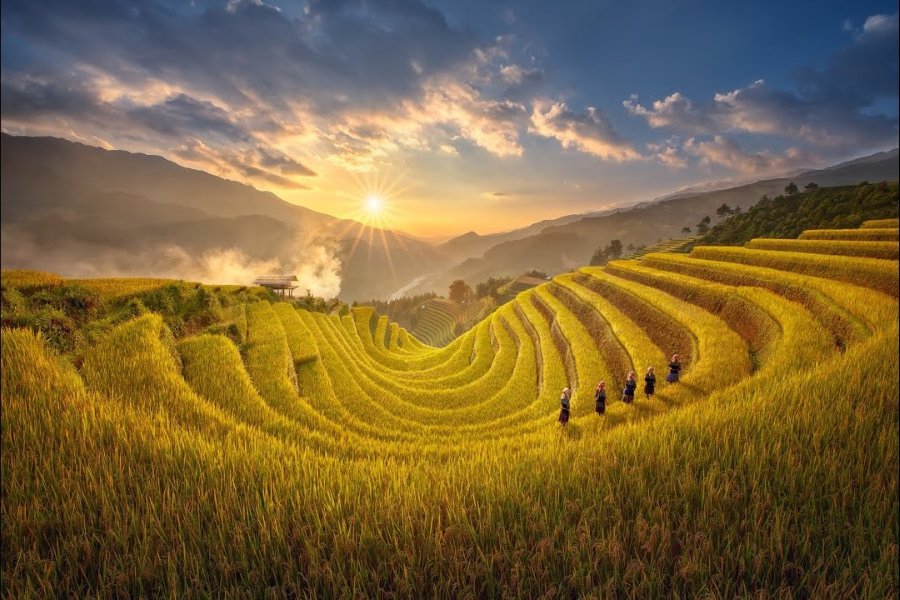
Golden harvest in Mu Cang Chai
Down south, the Khmer communities in Tra Vinh and Soc Trang host the Ok Om Bok Festival, expect boat races, full moon rituals, and a real sense of togetherness. The flood season in the Mekong isn’t something to fear, it’s a time when nature puts on a show. Tra Su Forest becomes a peaceful, green paradise, and locals cook up seasonal dishes you won’t find in guidebooks.
Winter in Vietnam offers something special, cool winds up north and sunny, breezy days down south. It's a time of contrast and celebration.
In Hanoi, the weather drops, perfect for sipping hot tea and wandering lakeside streets. Street food tastes better in the cold, think grilled corn, sticky rice, and sweet soups. Sapa and Ha Giang wear a silver veil of mist. Markets feel more festive, and the Sapa Winter Festival brings music, games, and joy.
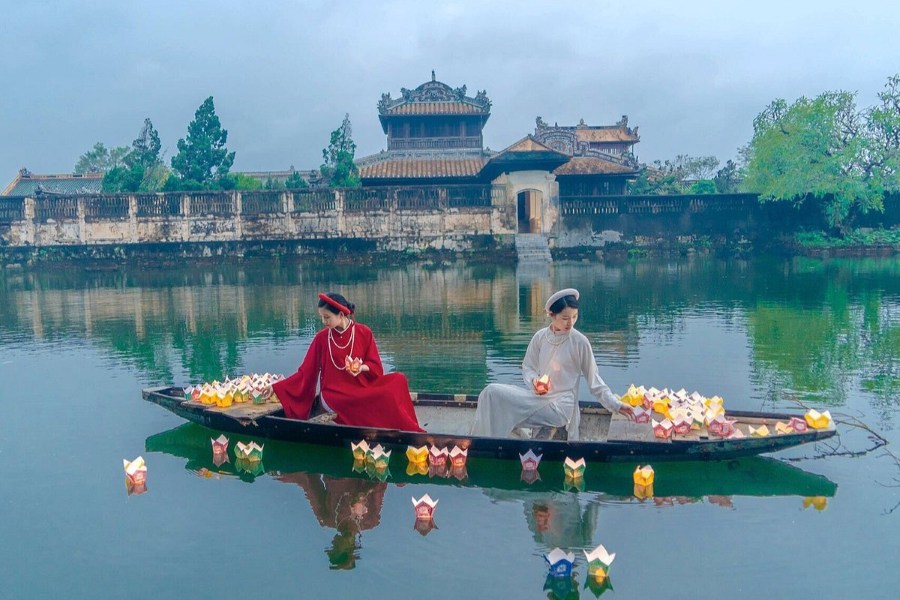
Releasing lanterns on the Perfume River in Hue
Hue feels calm and reflective, just right for exploring ancient palaces. Hoi An continues to glow with lanterns as the year ends. Nha Trang stays bright and beach-ready.
Down in Ho Chi Minh City, Christmas lights decorate the city and countdown parties take over the streets. Phu Quoc is at its best: calm seas, golden sunsets, and hammocks under coconut trees. Da Lat wraps up the year with its Flower Festival, a burst of color and creativity that closes the calendar with flair.
Understanding Vietnam’s weather month by month helps you plan your trip wisely and at the right time. Each season has its own charm, there’s no one perfect time for everyone, only the time that suits you best. Choose the season you love, follow the rhythm of the weather, and let Vietnam surprise you in the most beautiful way. Still wondering about the best season to visit Vietnam? Let us help you match your dream experience with the perfect time.
Read more: Vietnam Travel FAQ: Answers to All Travelers' Questions